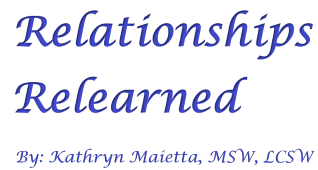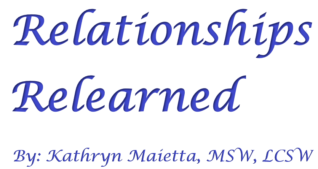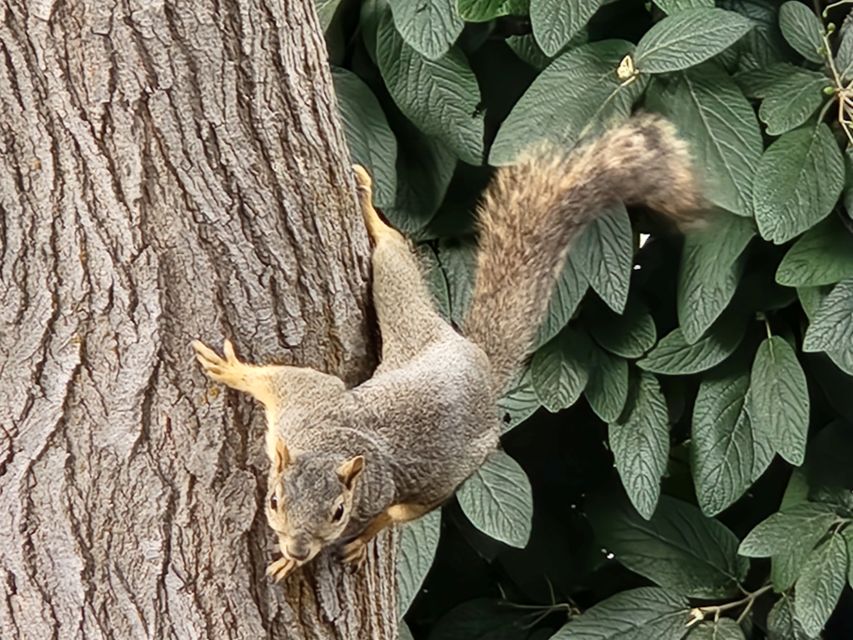Comments from Kathryn, the author of this blog and a licensed clinical social worker. The following is a brief excerpt from my latest book: How to Tame Your Inner Squirrel: 8 Strategies for Managing Your Distractions. As a licensed clinical social worker (LCSW), I wrote this book because I saw many clients in my therapy practice struggle with guilt and shame because they were easily distracted. They saw distractions as being a weakness or a deficiency. It isn’t true.
There are many reasons why you are easily distracted. Two of the most common include:
- internal distractions
- external distractions
Internal Distractions
Internal distractions are those thousand and one ideas that are rumbling about in your head on any given minute of any given day. It could be a new idea, something from your to-do list or just a random thought passing through your mind. Whatever thought is the loudest gets your attention.
People who live with internal distractibility often:
- don’t recognize it at the moment it is happening
- don’t understand the process for how it happens, and
- have no ability to explain what just happened
Unfortunately, people who have an internal squirrel are often seen as incompetent, unintelligent, “airheads”, flakes, “space cadets” or even worse, “crazy”. That is just cruel. It is true, people who have an inner squirrel process information differently than people who don’t. However, people rarely label or name-call people who have a broken leg, diabetes, a heart condition or someone with Crohn’s disease.
With physical exercise you can train your body to be stronger and more agile. The great news is that with exercises for your mind, you can train your wandering mind to stay more focused, too. You can learn to tame, manage and/or control your inner squirrel.
If you tell yourself you are the kind of person who is easily distracted, it instantly becomes true. However, if you work on believing you are not susceptible to distractions, you can empower yourself to respond in a healthier manner to whatever distractions present themselves.
Emotional Distractions
Feeling fearful, anxious or depressed can be examples of emotional internal distractions. These distractions are cues from within that trigger or stimulate action. An emotional internal distraction is usually a desire to escape emotional discomfort, an unhealthy escape from unpleasant or “bad” feelings.
Physical Distractions
You may experience a vague sensation that something is physically “off”, but you aren’t sure what it is. When you start to sense you are getting distracted or your mind is starting to wander, your body may respond. Physical internal distractions can be healthy physical cues that stimulate or trigger action.
Self-Soothing Distractions
Some people get trapped in a distraction/anxiety/self-soothing loop. They will do anything to feel better, even something unhealthy! These tactics only help contribute to a vicious cycle of anxiety. Eventually you will need more and more of these things in order to have the desired positive effect.
Temptations
People who are trying to manage the effect of their distractions can be highly susceptible to addictions such as drugs, alcohol, pornography, gambling, etc. Addictions are frequently used to manage distractions. It is about avoidance of their discomfort associated with distractions.
Values
You may profess to live the values that are important to you, for example, family or community service. If you are someone who is easily distracted, it may be difficult to live your life according to those values. Your inner squirrel takes over. You end up wanting to please others, and you end up living your life according to other people’s values.
External Distractions
External distractions can be difficult to overcome because they are so unpredictable and because you have so little control over the thoughts and behaviors of those around you. You can categorize many of your external distractions by your five senses (sight, hearing, smell, taste, touch).
Sight, an External Distraction
Sight can be one of the biggest causes of external distractions. What you see externally then gets internalized into feelings. What you see has the power to stimulate a wide range of feelings: everything from excitement (a birthday present) to relaxation (the beach) to fear (a bear) and every feeling in between.
Sound, an External Distraction
Certain noises may be pleasant reminders of childhood experiences. Some people who experience anything less than complete silence will be led to certain distractibility. Ironically, for some who are prone to distractibility, in order to concentrate, there must be background noise to focus, for example, music or the TV on in the background.
Smell, an External Distraction
Smells usually are associated with experiences. In pioneer days candles had one function: for lighting a space. Today most candles are scented and are designed to remind you of a positive experience, for example, roses (from a lover), apples (apple picking with family), and sea air (your last vacation). Scents are intended to distract you.
Taste, an External Distraction
Taste tends to be regional and very personal. Many people suffering from long covid report an absence of functioning of their sweet, salty, sour, bitter and savory taste buds. If you can’t taste anything, many foods tend to lose their appeal. The texture of food then becomes the only distinction from one food to another.
Touch, an External Distraction
From birth many people are encouraged to be tactile, for example, a soft baby blanket. For most people with an inner squirrel, touch is a distraction. Examples can include a velvet dress (positive) to the itchy tag at the neckline of their clothing (negative). For people with sensory issues, the clothing that touches their skin can be very distracting.
Take Away Point
Distractions are not entirely your fault! Just as you can work out and train your body to be more physically fit, you can train your mind to be less distracted. With eight strategies and 200 tips, How to Tame Your Inner Squirrel: 8 Strategies for Managing Your Distractions may be able to help you!
With warmest regards,
Thank you so much for reading this blog. If you enjoyed the content, please check out other blogs at:
https://relationshipsrelearned.com/my-blog/
https://rvingnomads.com/blog/
In addition to blogs and articles, I have written a Personal Empowerment Series of self-help books. To view these books, please go to my Amazon Authors Page or go to the Self-Help Books tab at the top of this page.
To be notified of future posts, please enter your email address and click on the Subscribe button.
If you live in the State of Maine or Texas and seeking individual therapy, please go to my Concierge Therapy website: www.kathrynmaietta.com
| AI has not been used to create any content for my website, articles, blogs or books. All material is original unless otherwise noted. All photos and graphics within my website and blogs were taken or created by David Harrington or Kathryn Maietta. |












